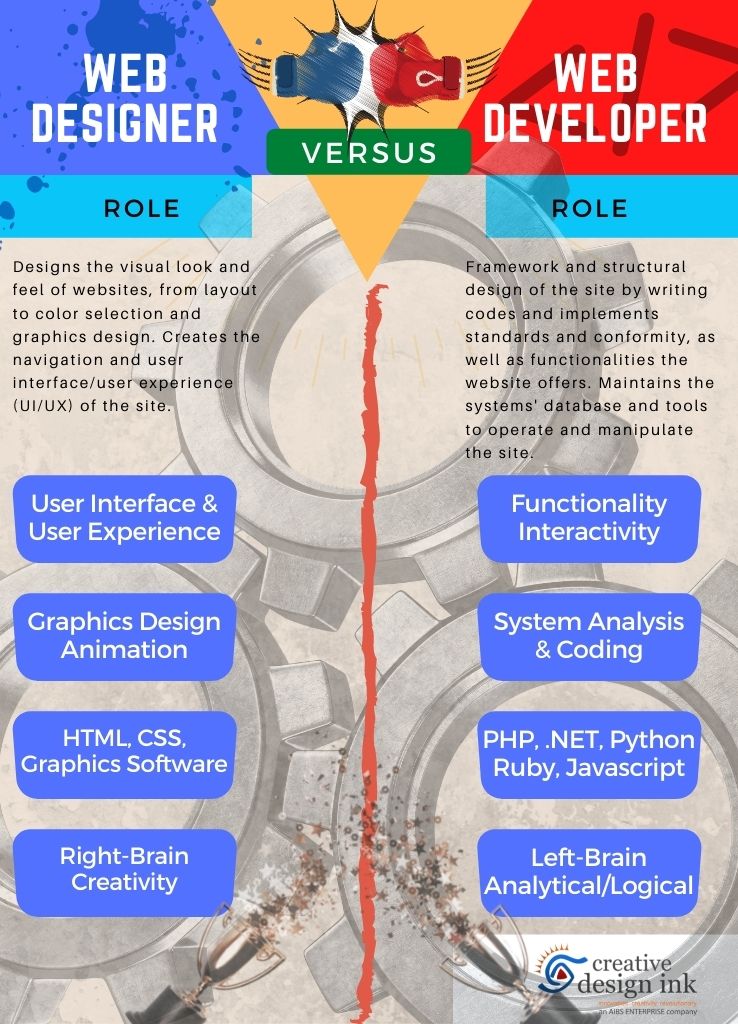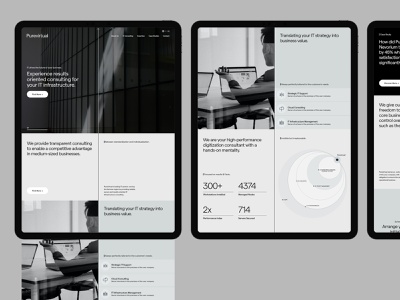
Progressive enhancement is a browser technology that puts the importance of web content and functionality first. This allows everyone to access the site's content and functionality. The enhanced versions will then be available to users who are able to use faster Internet access and other browser features. Here are some basics about progressive enhancement. Find out more about progressive enhanced and its differences from other browsers by reading the following.
CSS3 progressive enhancement
It is important to take into account the impact CSS3 has on mobile devices when designing your website. Round corners are the most obvious example. If your browser doesn't support rounded corner, these corners will not be square. However, CSS3 also allows you to use text shadows in your site if the browser is capable of supporting them. This can have a significant impact on your site. Continue reading to learn how progressive enhancement can help you optimize your site.

JavaScript
To integrate progressive enhancement in your web application, it is important to ensure that scripts are properly managed. The foundation for this is unobtrusive JavaScript, a language that tests for identified elements and objects on the client. It provides users with an interactive experience that is a la carte. In the next section, we will explore some of the key features of progressive enhanced. This article will provide an overview of progressive enhancement in JavaScript. This article highlights the benefits of this programming language when creating web applications.
Service workers
Service workers not only deliver offline capabilities but also speed up websites' loading times. They manage notifications and intercept network requests. They can also be used for background synchronization and geofencing. There are many benefits for service workers, and mobile development in the future will likely offer even more. Listed below are some examples. A tutorial for service workers is also available. This will allow you to get more information about the concept and its application. These are just a few of the many benefits service workers have.
Opposition to progressive enlargement
Progressive enhancement advocates say that progressive enhancement starts with a base level of usable functionality and builds from that foundation until the user experience is optimal. Progressive enhancement, in the end, builds on that baseline level by testing whether users are comfortable with enhancements and then applying them. It is opposed by some who argue it is unfair and detrimental to society. This argument is flawed on both grounds. Let's examine each one in turn.

Test-Driven progressive enhancement
Progressive enhancement is a web development technique which adds a layer of HTML to the document. It is designed to offer a consistent viewing experience across all browsers. Progressive enhancement can lead to messy markup where elements are separated from the content. Here are some guidelines to help you implement progressive enhancement in applications.
FAQ
How to design a website?
It is important to first understand your customers and what your website should do for them. What are your customers looking for?
What problems might they have if they don't find what they're looking for on your site?
Once you know this, you must figure out how to solve those problems. You also need to make sure that everything on your site looks right. It should be easy for users to navigate.
Your site should be extremely well designed. It shouldn't take too much time for it to load. If it does take too long, people won't stay as long as they would like to. They'll leave and go elsewhere.
It is essential to determine where all your products reside before you start building an eCommerce website. Are they all in one location? Are they all in one place?
Decide whether you plan to sell one product at a time or several products. Do you prefer to sell one type of product, or several types?
These questions will help you decide if you want to build your website.
Now, you have to think about the technical aspects of your site. How will your website work? It will it work fast enough? Is it possible to access the information quickly using a computer?
Will people be able to buy something without having to pay extra? Do they need to register in order to buy anything?
These are the essential questions you should ask yourself. You'll be able to move forward once you have the answers to these important questions.
How to Create a Static Website
To create your first static website, you'll need to choose between two options:
-
Content Management System (a.k.a. WordPress: Download this software and install it to your computer. This software can then be used to create an indispensable website.
-
Create a static HTML website: You'll need to code your HTML/CSS code. If you are familiar with HTML, it's easy to do.
You might consider hiring an expert to design your website if you are planning to build a large site.
But starting, you should probably go with option 2.
What does a UI designer do?
A user interface (UI) designer creates interfaces for software products. They design the application's layout and visual elements. Sometimes, the UI designer might also include graphic artists.
The UI Designer should be able to identify problems and solve them.
A UI Designer should have a passion in technology and software design. The field requires that the designer understands all aspects of it, from designing ideas to writing code.
They should be able create designs with various tools and techniques. They should be able problem solve and think creatively.
They should be detail-oriented and well organized. They should be able to develop prototypes quickly and efficiently.
They should feel at ease working with clients, large and small. They should be able, and willing, to adapt in different environments and situations.
They must be able communicate with others effectively. They should be able communicate clearly and concisely.
They should be well-rounded people with strong communication skills.
They must be driven and motivated.
They should be passionate about their craft.
Can I use a framework or template on my website?
Yes! Yes! Many people use pre-built frameworks or templates when creating websites. These templates contain all the code needed to display information on your page.
Some of the most well-known templates are:
WordPress - the most widely used CMS
Joomla - Another popular open source CMS
Drupal – An enterprise-level solution used by large organizations
Expression Engine - Yahoo's proprietary CMS
Hundreds of templates are available for each platform, so finding the right one should be easy.
How much does it cost to build a website?
The answer to this question depends on what you want to accomplish with your website. Google Sites may not be required if you simply want to provide information about yourself or your company.
But if your goal is to attract visitors to a website, it's likely that you'll need to invest in something more robust.
The best option is to use a Content Management System, such as WordPress. These programs make it easy to create websites without any programming knowledge. You won't be hacked because these websites are hosted by third parties.
Squarespace is another service that can be used to build websites. You can choose from a range of plans, ranging in price from $5 to $100 per monthly depending on what you need.
What technical skills do I need to design and construct my site?
No. It doesn't matter what HTML or CSS you know. Tutorials that teach HTML and CSS can be easily found online.
Is it more likely to be hired as a web developer if I have a good portfolio?
Yes. When you are applying for a job as a web developer or designer, a portfolio is crucial. The portfolio must show examples of your skills and experience.
A portfolio typically includes samples from your past projects. These samples can show off your ability to do any task. Portfolios should contain everything, from wireframes, mockups, logos and brochures to websites, apps, and websites.
Statistics
- When choosing your website color scheme, a general rule is to limit yourself to three shades: one primary color (60% of the mix), one secondary color (30%), and one accent color (10%). (wix.com)
- Studies show that 77% of satisfied customers will recommend your business or service to a friend after having a positive experience. (wix.com)
- It enables you to sell your music directly on your website and keep 100% of the profits. (wix.com)
- Did you know videos can boost organic search traffic to your website by 157%? (wix.com)
- At this point, it's important to note that just because a web trend is current, it doesn't mean it's necessarily right for you.48% of people cite design as the most important factor of a website, (websitebuilderexpert.com)
External Links
How To
What is website hosting?
Website hosting is the location where people go when they visit websites. There are two types.
-
Shared hosting – This is the most affordable option. Your website files will reside on a server belonging to someone else. When customers visit your site, their requests travel over the Internet to that server. The server owner then forwards the request to you.
-
Dedicated hosting is the most expensive option. Your website is only accessible from one server. Your traffic stays private as no other websites can share the same server.
Shared hosting is cheaper than dedicated hosting for most businesses. When you use shared hosting, the company that hosts the server gives you the resources to run your site.
Both options have their pros and cons. Here are the main differences between them:
Shared Hosting Pros
-
Lower Cost
-
Simple to Setup
-
Frequent updates
-
It can be found on many web hosting companies
Shared hosting is often as cheap as $10 per month. But keep in mind that this price usually includes bandwidth. Bandwidth is how much data you can transfer to the Internet. Even if only you upload photos to your blog or website, high-volume data transfers may incur additional charges.
You'll soon discover why you paid so much more for your previous host when you get started. The majority of shared hosts offer limited customer support. You'll be on your way after they walk you through setting it up.
You'll want to look into a provider that offers 24-hour phone support. They will attend to any issues you have while you sleep.
Cons of dedicated hosting
-
More Expensive
-
Fewer Common
-
Specific Skills Required
You're getting everything you need with dedicated hosting to operate your website. You won't worry about how much bandwidth you are using or how much RAM (random Access Memory) you have.
This means you'll have to spend more upfront. You'll soon realize that your business is self-sufficient once it's online. You'll quickly become an expert at managing your server.
So Which Is Better For My Business?
The answer to this question depends on which type of website you wish to create. If you are selling products, shared hosting may be the best option. It's very easy to setup and maintain. A server shared with several other sites means that you will receive frequent updates.
If you want to create a community around a brand, dedicated hosting may be the best choice. Instead of worrying about your traffic, you can build your brand while still being able to concentrate on your business.
If you're looking for a web host that offers both options, we recommend Bluehost.com. Bluehost.com provides unlimited monthly data transfer, 24/7 support, free domain registration and a 30-day money back guarantee.